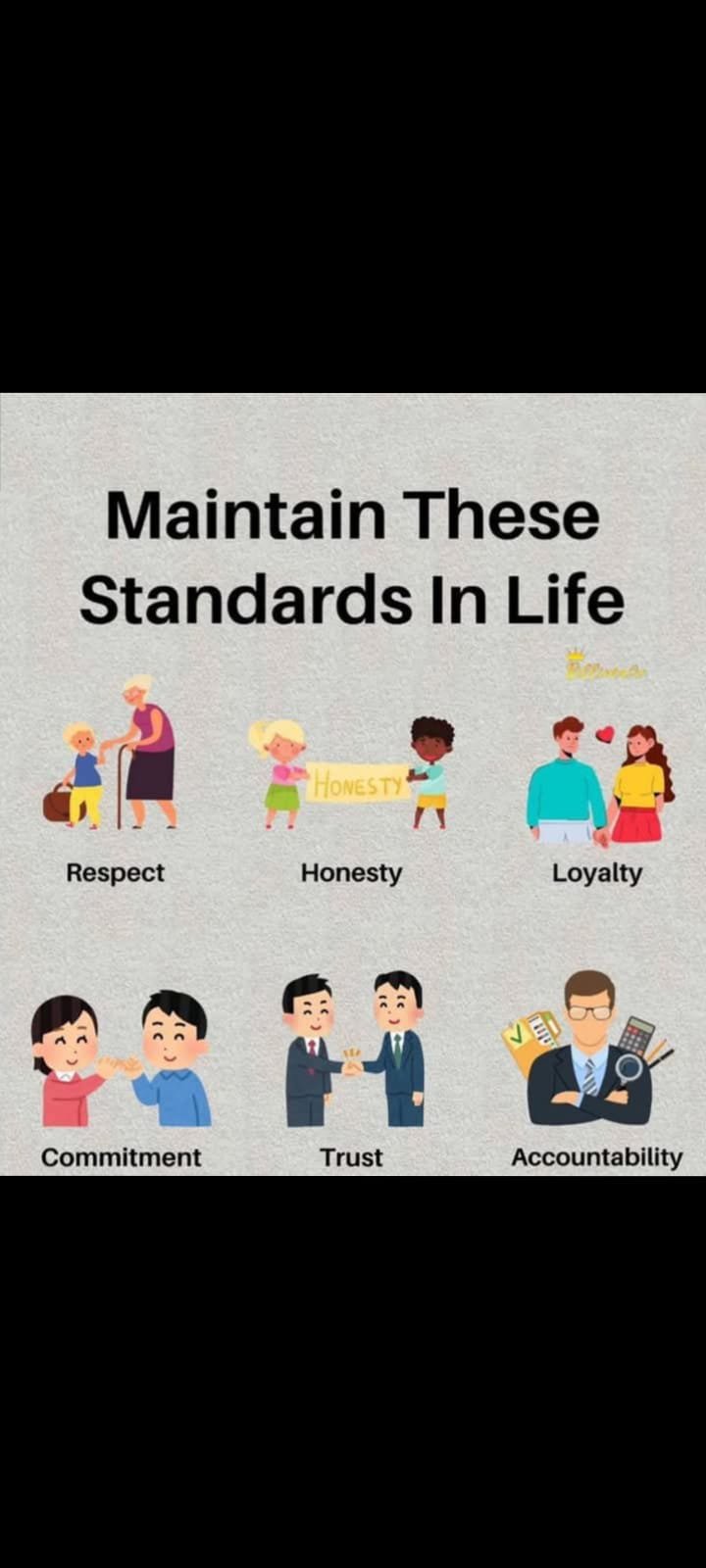Exploring Career Paths: Finding the Right Fit for You
Choosing a career path is one of the most important decisions you’ll make in your life. It shapes your daily routine, long-term goals, lifestyle, and even your sense of identity. While some people know from a young age exactly what they want to be, for many others, the journey is far from linear. And that’s perfectly okay.
What Is a Career Path?
A career path refers to the series of jobs and roles an individual may take on over the course of their working life. It can be within a specific field, like healthcare or education, or span multiple industries. Career paths can evolve based on interests, skills, opportunities, or life circumstances.
Types of Career Paths
There are various types of career paths, and no one-size-fits-all. Some common examples include:
- Specialist Path: Staying within one industry or field and advancing to higher roles, like becoming a senior software developer or head nurse.
- Generalist Path: Gaining a broad range of skills across fields, such as a marketer moving into operations or product management.
- Entrepreneurial Path: Building your own business or freelancing in a specific niche.
- Creative Path: Pursuing work in areas like writing, art, music, or design, where portfolio and experience may matter more than formal education.
How to Choose the Right Path
Choosing the right career path involves a combination of self-reflection, research, and practical experience. Here are a few steps to guide you:
- Assess your interests and strengths: What are you naturally good at? What kind of tasks energize you?
- Explore industries: Learn about different fields through internships, volunteering, job shadowing, or online resources.
- Set short- and long-term goals: Think about what kind of life you want and which careers align with that vision.
- Be flexible: It’s okay to change your mind or shift paths as you grow and gain new experiences.
The Importance of Continuous Learning
No matter what career you choose, the world is constantly evolving. Technologies change, industries shift, and new roles emerge. Lifelong learning through courses, certifications, or self-study helps keep you competitive and opens up new opportunities.
Final Thoughts
Your career path doesn’t have to be a straight line. It’s a journey full of exploration, learning, and growth. Stay curious, stay open, and don’t be afraid to take risks. Sometimes the most fulfilling roles are the ones you didn’t even know existed when you started out.
Whether you’re just starting out or considering a career change, remember this: it’s never too late to find a path that’s right for you.







